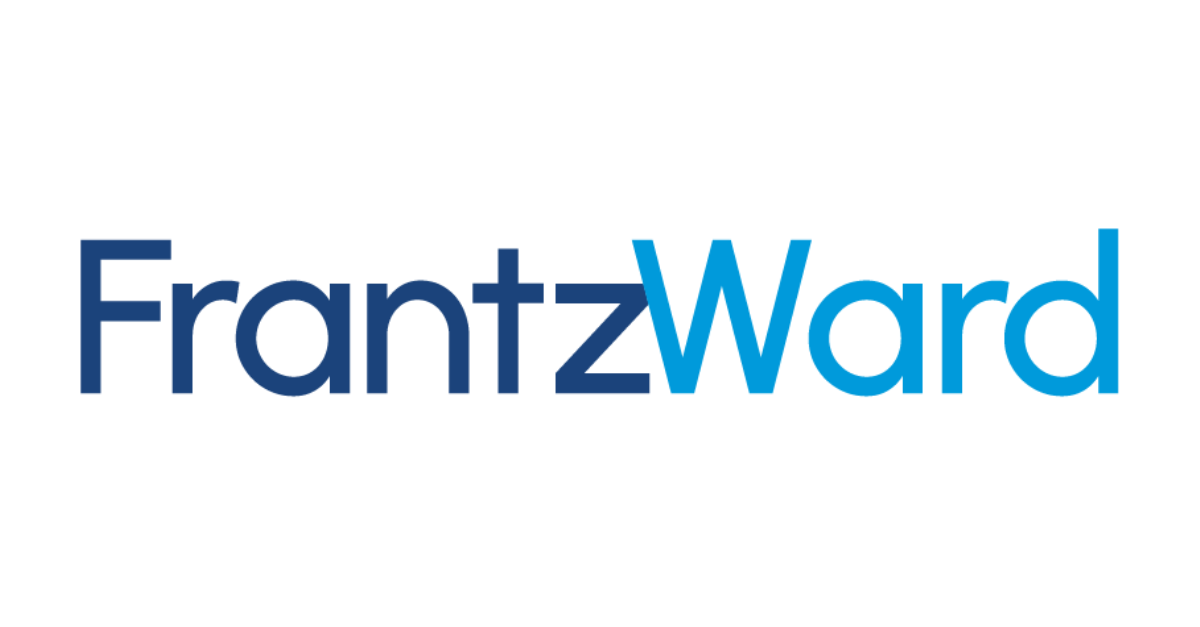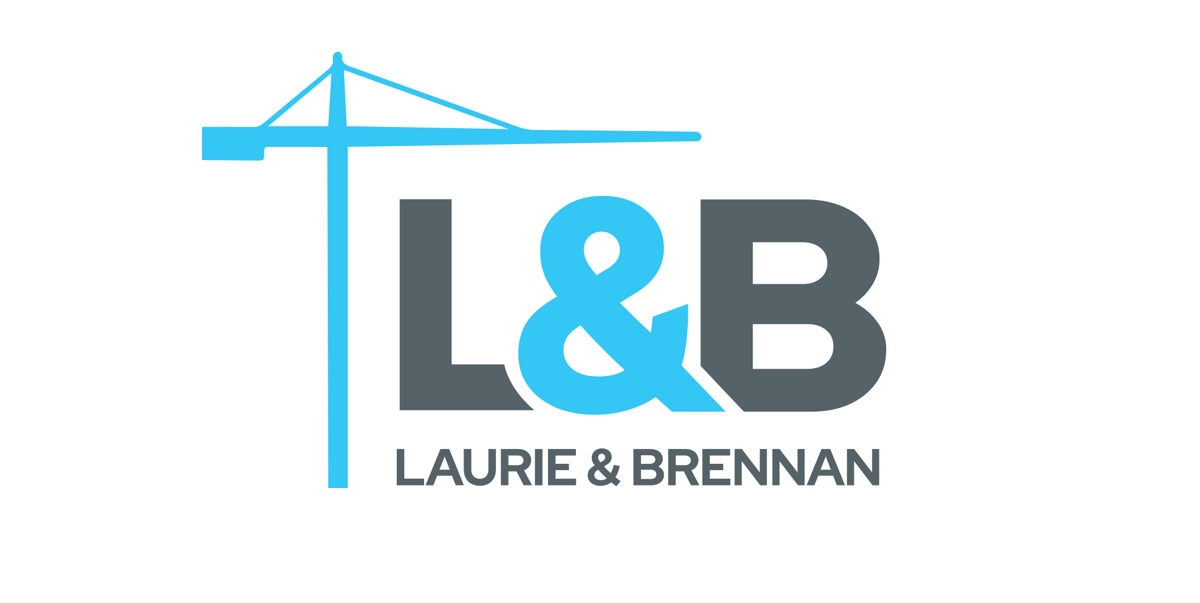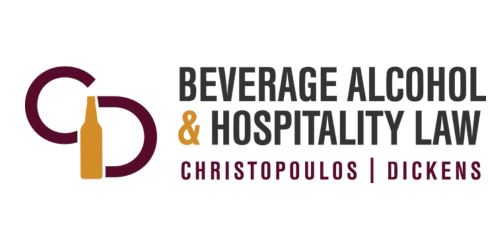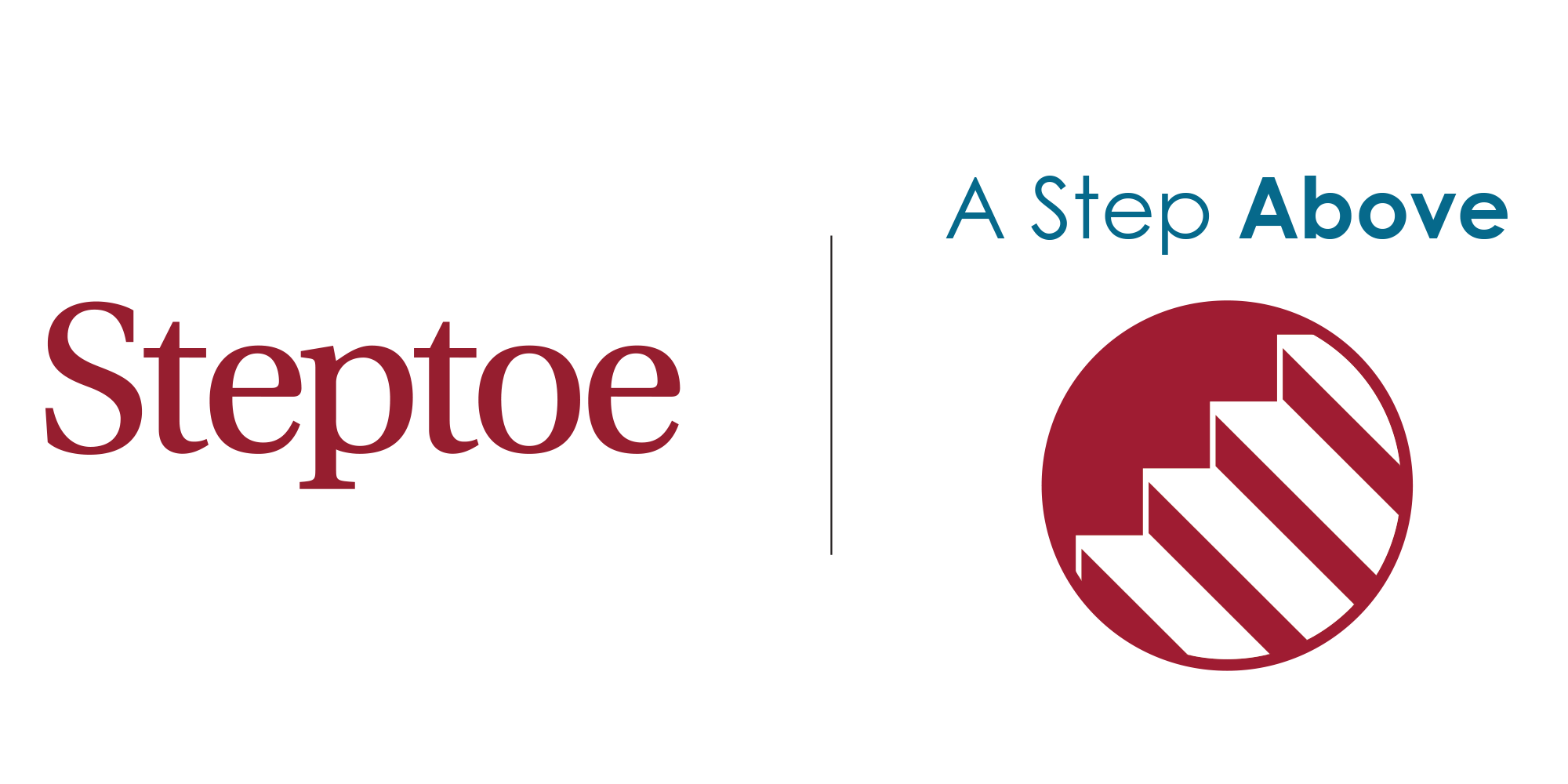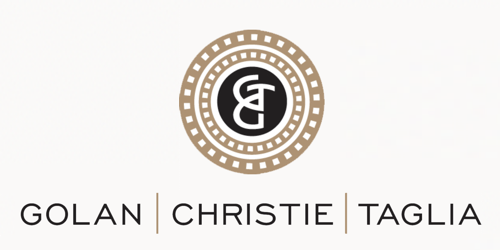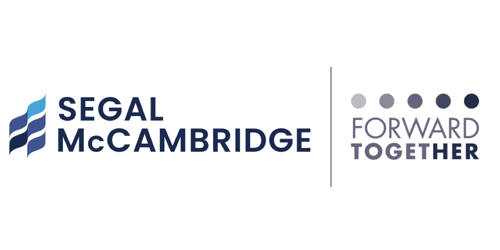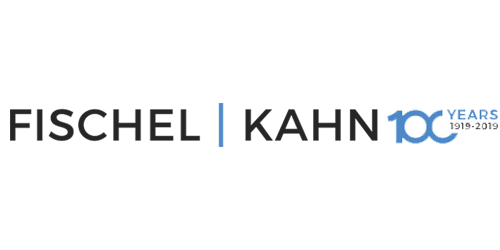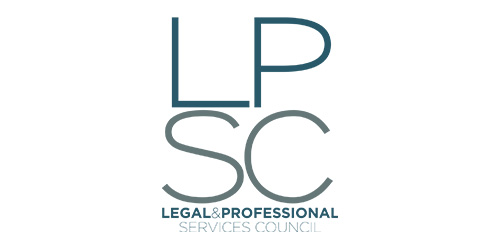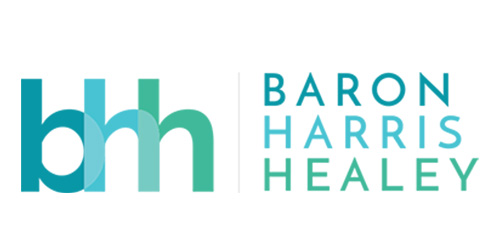5 Steps to Build a High-Impact Content Calendar for Law Firms

A clear, consistent content calendar is the backbone of effective law firm marketing, serving as a strategic framework that helps firms plan, organize and schedule content across various platforms to ensure timely and cohesive messaging that supports the firm’s marketing goals.
For law firms navigating tight deadlines and competing priorities, a well-structured content calendar can make the difference between reactive marketing and proactive growth. By aligning content with internal initiatives, client interests and industry developments, content calendars can ease the burden on marketing teams and attorneys alike while maximizing firm engagement and maintaining strategic direction.
Below are five essential components for building and maintaining a high-impact content calendar:
1. Define Your Firm’s Content Goals
Start with the “why” before you build the “how.” Clearly define what the firm aims to achieve, the marketing team’s capacity to carry out initiatives and the metrics that will be used to measure success. These goals should tie directly to the firm’s decision-making and help shape the tone, timing and type of content produced.
Marketing goals can include:
- Building name recognition within specific practice areas
- Supporting business development or client retention initiatives
- Showcasing thought leadership and elevating attorney profiles
- Increasing visibility in rankings and awards
- Improving performance on search engine results (SEO) and social platforms
Once goals are defined, firms should also determine what success looks like and how it will be measured using key performance indicators (KPIs).
For example, increased traffic to a practice area page may indicate improved SEO, while more attorney profile views can signal growing name recognition. These benchmarks help evaluate ongoing performance and refine marketing strategy over time.
Key takeaway: Start with strategy. Defined goals give the content calendar purpose and direction.
2. Create a Content Template and Clarify Ownership
Once goals and KPIs are in place, it’s time to build a centralized marketing content calendar and template that are accessible to the marketing team and attorney stakeholders. A clear framework allows for accountability and alignment across contributors.
Templates should track:
- Content topic and type (e.g., post, alert, newsletter)
- Assigned author and reviewer, including headshots and bios as needed
- Draft deadlines, review checkpoints, and publish dates
- Related firm resources or source links
- Distribution methods such as publishing platforms, social media, email, and external outlets
Assign a team member responsibility for maintaining the calendar, collecting content, coordinating approvals and reporting performance. Whether handled by a dedicated calendar coordinator or shared on a rotating basis, defined ownership ensures the process stays consistent and accountable.
Key takeaway: A shared system with clear roles and a well-structured template helps streamline collaboration, reduce missed deadlines and ensure content is completed smoothly.
3. Prioritize Platforms and Diversify Content
With a streamlined content-building process in place, prioritize platforms where the firm audience is most engaged to publish content. Be selective about platforms and formats based on where attorneys are active, have a strong presence and can gain real traction. Choose channels that match the firm’s tone and build measurable value over time:
Top-performing platforms for law firms include:
- Firm Website: Best for long-form content that supports SEO, attorney bios and service pages
- LinkedIn: Drives engagement and is effective for firm news, leadership insights and legal updates
- Newsletters: Provide updates to current clients and referral networks
- Legal Publications: Offer third-party credibility and valuable backlinks
- Events/Webinars: Offer opportunities to repurpose content into articles, slides, or highlight reels
While optimizing these channels, content variety ensures your messaging appeals to different audiences and remains fresh across the calendar. Consider mixing content to include:
- Legal alerts on timely regulatory updates
- Seasonal messages tied to firm culture or initiatives
- Profiles and interviews with attorneys or clients
- Practice area explainers or how-to resources
- Award recognitions, rankings, and speaking announcements
Additionally, a best practice is to segment your law firm marketing audience to ensure content is reaching the right people.
Key takeaway: Focus on the platforms and content types that align with target audience and firm priorities.
4. Build Around What’s Already on the Calendar
The most effective content calendars are built around real firm activity. Use internal milestones, annual award cycles and industry moments as anchors for the firm publishing schedule.
Examples of events to build around include:
- Industry conferences, bar association meetings and legal summits
- Attorney activity such as wins, speaking engagements, appointments or annual meetings
- Practice-specific observances like Tax Season, Cybersecurity Awareness Month or Data Privacy Week
- Annual rankings and recognitions such as Chambers USA, Best Lawyers or Super Lawyers
- Internal milestones including firm anniversaries, new office openings or leadership promotions
- DEI recognitions, heritage observances, cultural holidays and monthly awareness campaigns
Mapping content to these existing touchpoints saves time on planning and increases the relevance of posts. Prepare for each content opportunity by meeting with attorneys to gather insights, outlining key points in advance and developing visuals and materials.
Key takeaway: The firm’s events, attorney activity and industry moments offer built-in content opportunities. Use them to guide timely, relevant and manageable content planning.
5. Maintain Momentum with Upkeep and Reporting
Regularly update, refresh, and report on performance to keep content strategy agile and execution sharp. Consistent review and upkeep drive high-impact and long-term success. Reporting is equally critical to assess progress and optimize what comes next.
Best practices can include:
- Monthly audits to clean up outdated items or follow up on incomplete tasks
- Analytics reports to measure engagement, reach and conversions
- Rotating focus areas by quarter
- Recaps highlighting high-performing content
Track the performance of specific content types, authors and platforms to identify what’s working and where improvements are needed.
Key takeaway: Consistent reviews and real-time adjustments will keep your strategy active, aligned and goal-oriented.
Building Momentum, One Post at a Time
A high-impact content calendar is both a tactical tool and a strategic marketing asset. When thoughtfully built, managed and maintained, it ensures that law firm marketing stays intentional and scalable. With clear goals, structured workflows and firm-wide commitment, content calendars become an engine for visibility, engagement and long-term growth.
TIP: A consistent publishing schedule builds internal momentum. As attorneys see their peers featured, they become more likely to engage and contribute.

